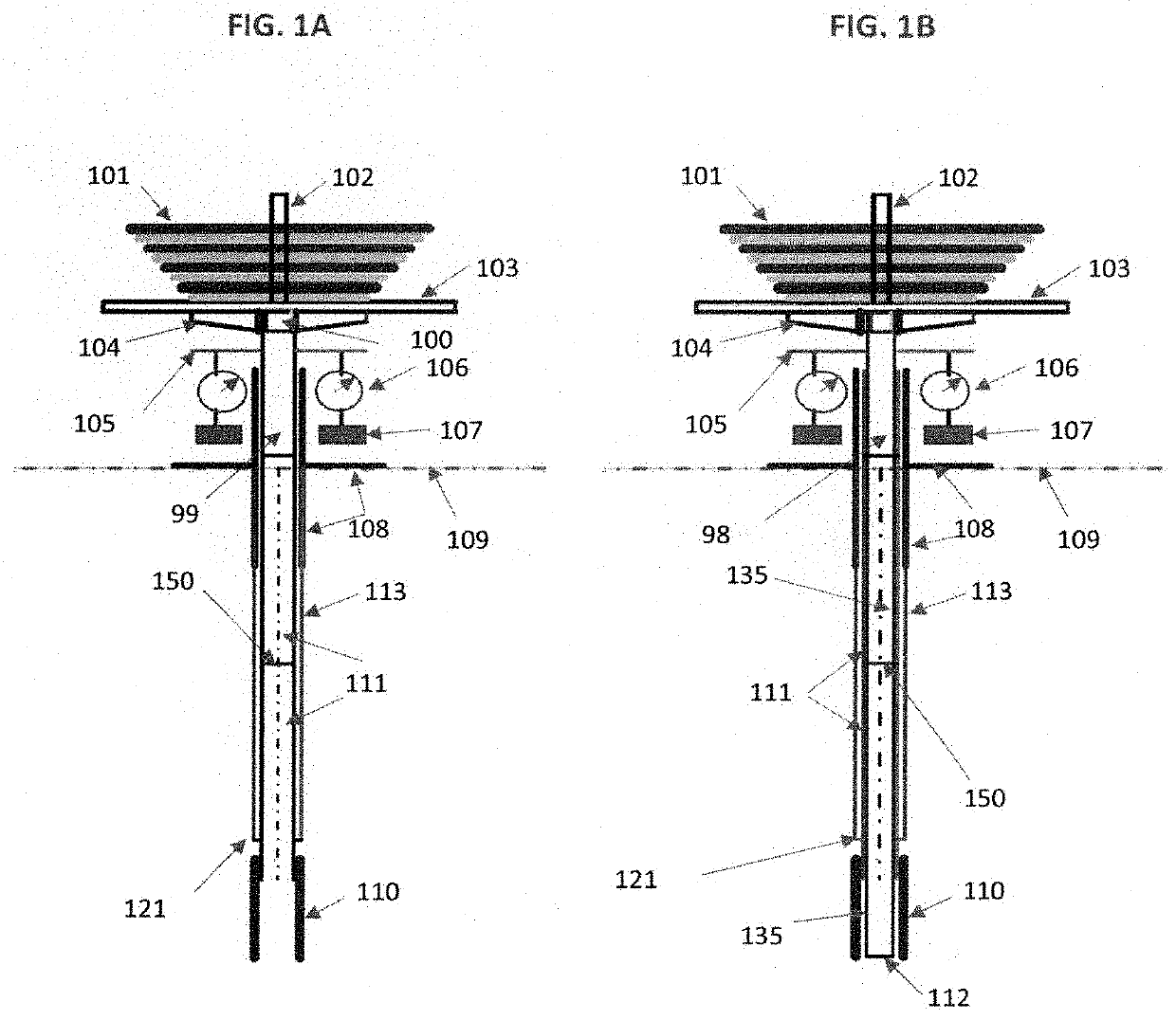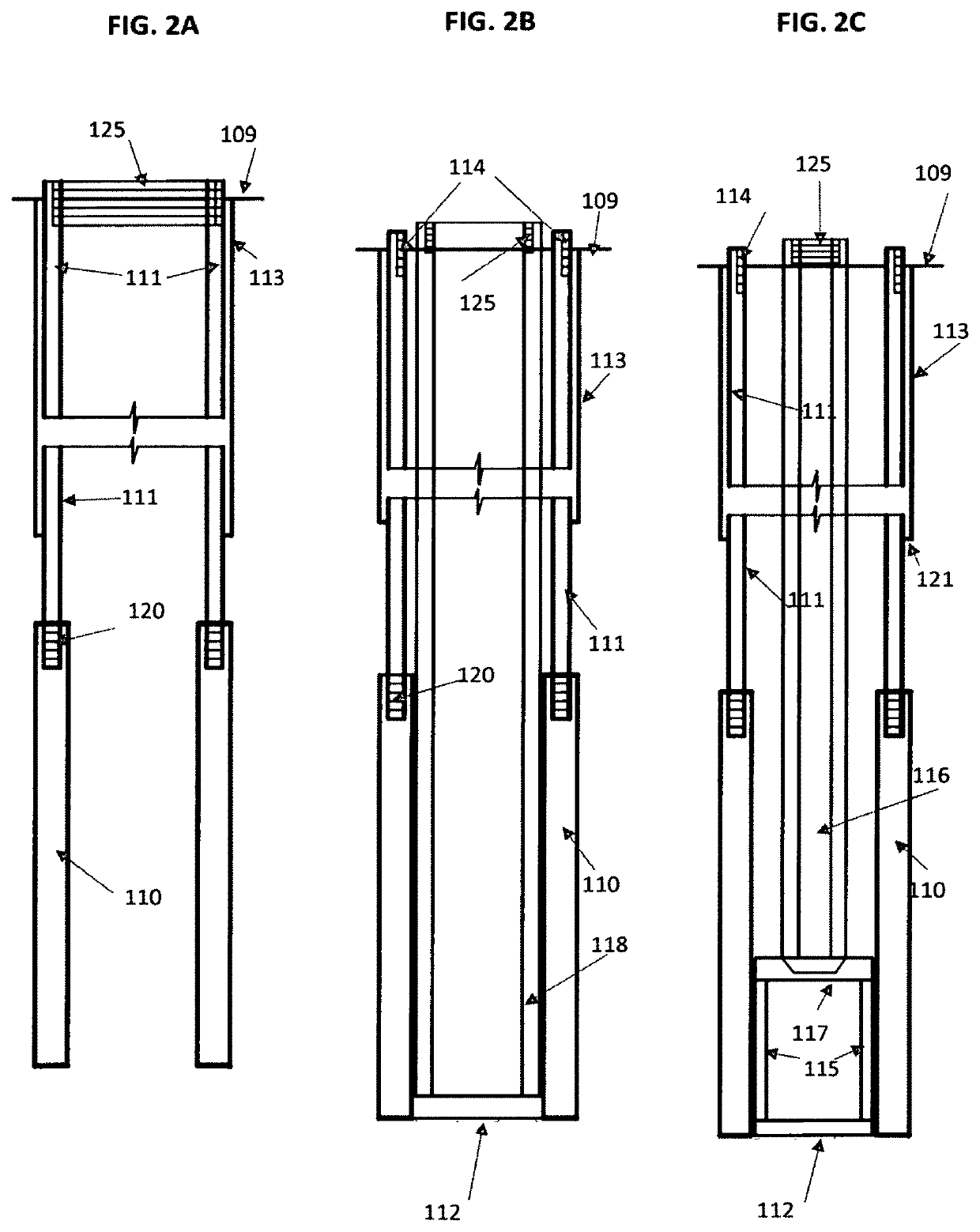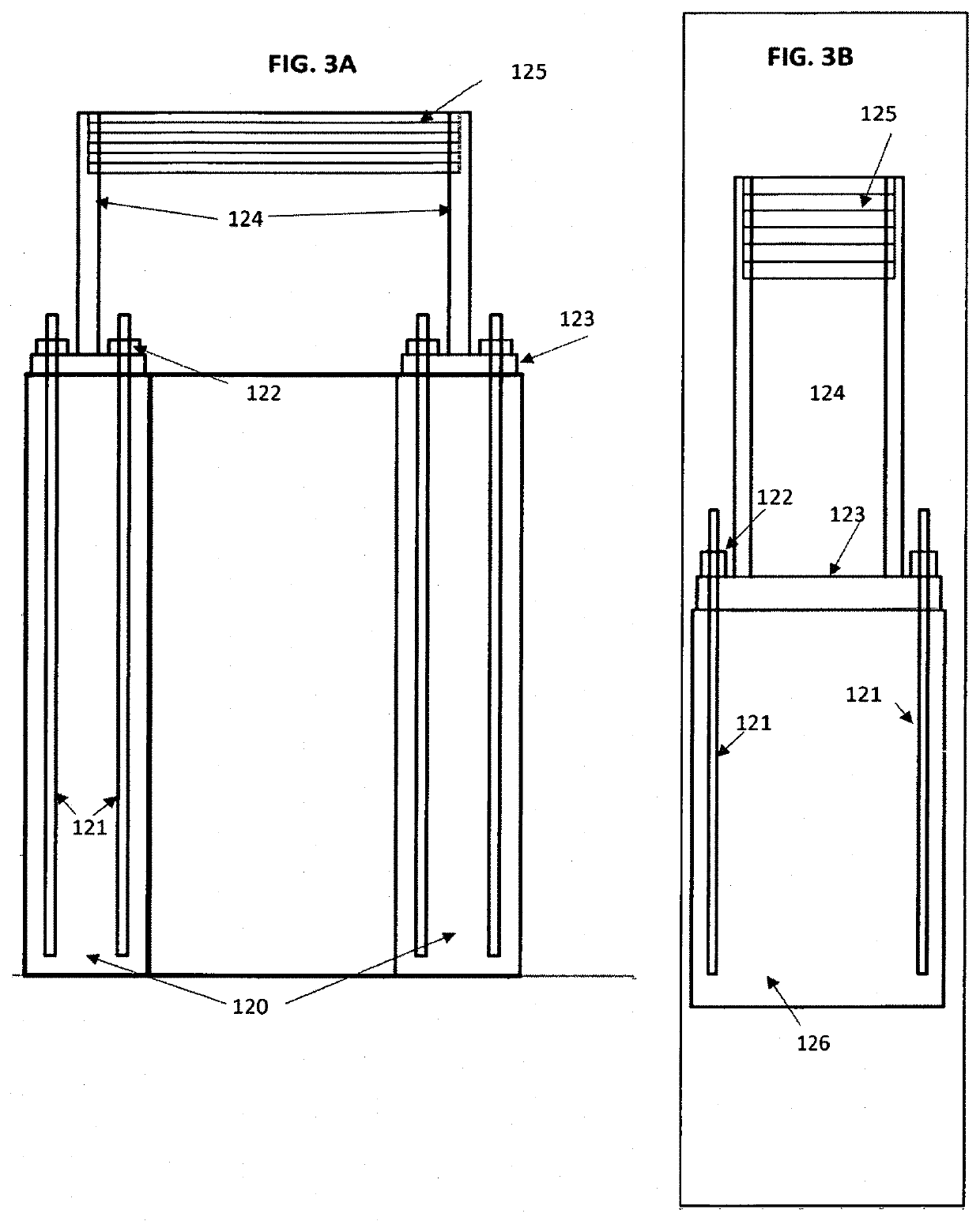Subsurface exploration using load tests on short model piles at various depths of a soil deposit for determining load-settlement relationship and engineering properties of soils and intermediate geomaterials
a technology of subsurface exploration and load testing, applied in the field of subsurface exploration, can solve problems such as existing geotechnical tests
- Summary
- Abstract
- Description
- Claims
- Application Information
AI Technical Summary
Benefits of technology
Problems solved by technology
Method used
Image
Examples
Embodiment Construction
[0036]The invention of this application uses subsurface exploration or investigation, using load tests on a short model pile at various depths of a soil deposit to determine load-settlement behavior and engineering properties of soils and intermediate geotechnical materials. The load tests on the short model piles, where applicable and appropriate, may be done using methods as specified and detailed with figures in the ASTM Designation D 1143 / D 1143M-07e1 using (a) hydraulic jack acting against anchored reaction frame, (b) hydraulic jack acting against weighted box and (c) direct loading on a single pile using weighted platform. These tests on the short model piles may also be done using procedures detailed in the ASTM Designation D 1143 / D 1143M-07e1 for (a) Quick Load Test, (b) Maintained Test (optional), (c) Loading in Excess of Maintained Test (optional), (d) Constant time Interval Loading Test, (e) Constant Rate of Penetration Test, (f) Constant Movement Increment Test, and (g) ...
PUM
 Login to View More
Login to View More Abstract
Description
Claims
Application Information
 Login to View More
Login to View More - R&D
- Intellectual Property
- Life Sciences
- Materials
- Tech Scout
- Unparalleled Data Quality
- Higher Quality Content
- 60% Fewer Hallucinations
Browse by: Latest US Patents, China's latest patents, Technical Efficacy Thesaurus, Application Domain, Technology Topic, Popular Technical Reports.
© 2025 PatSnap. All rights reserved.Legal|Privacy policy|Modern Slavery Act Transparency Statement|Sitemap|About US| Contact US: help@patsnap.com



